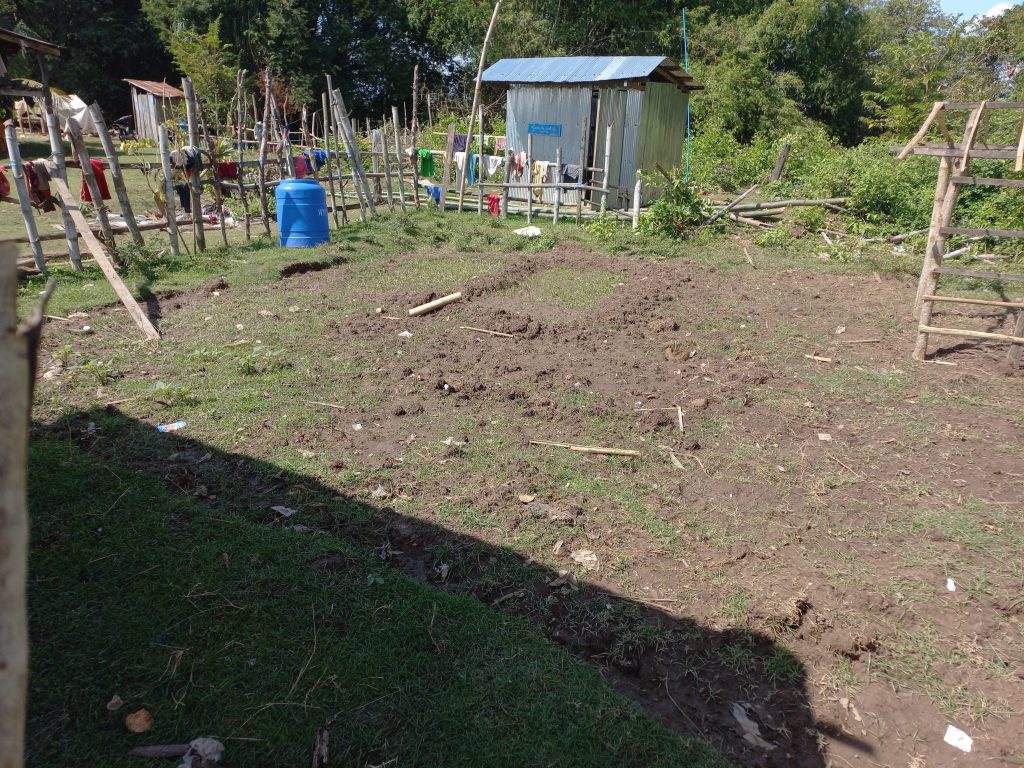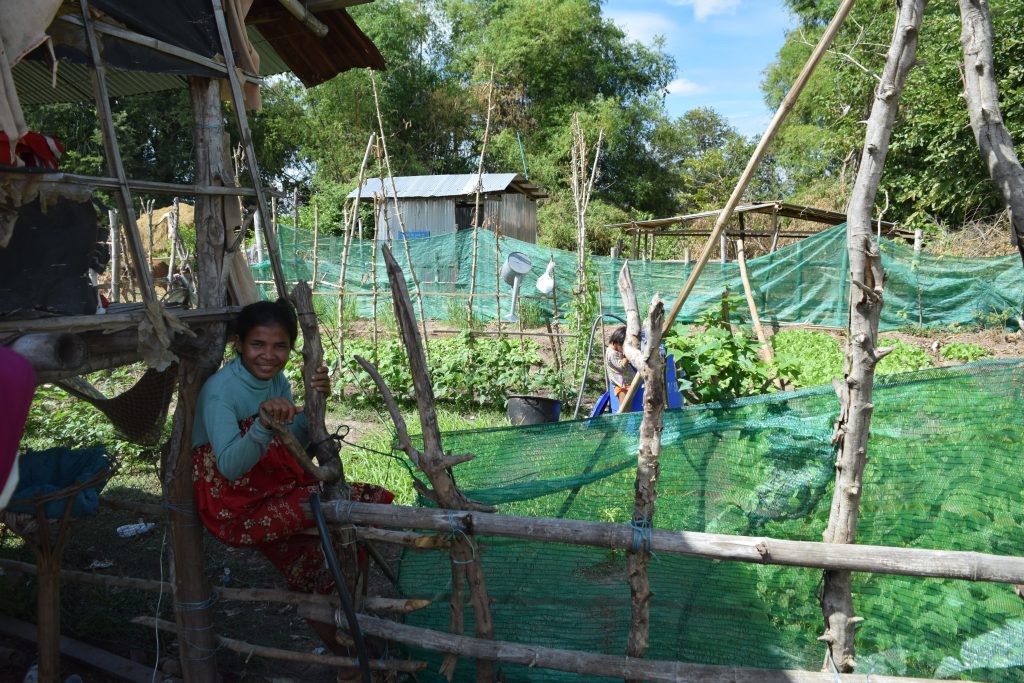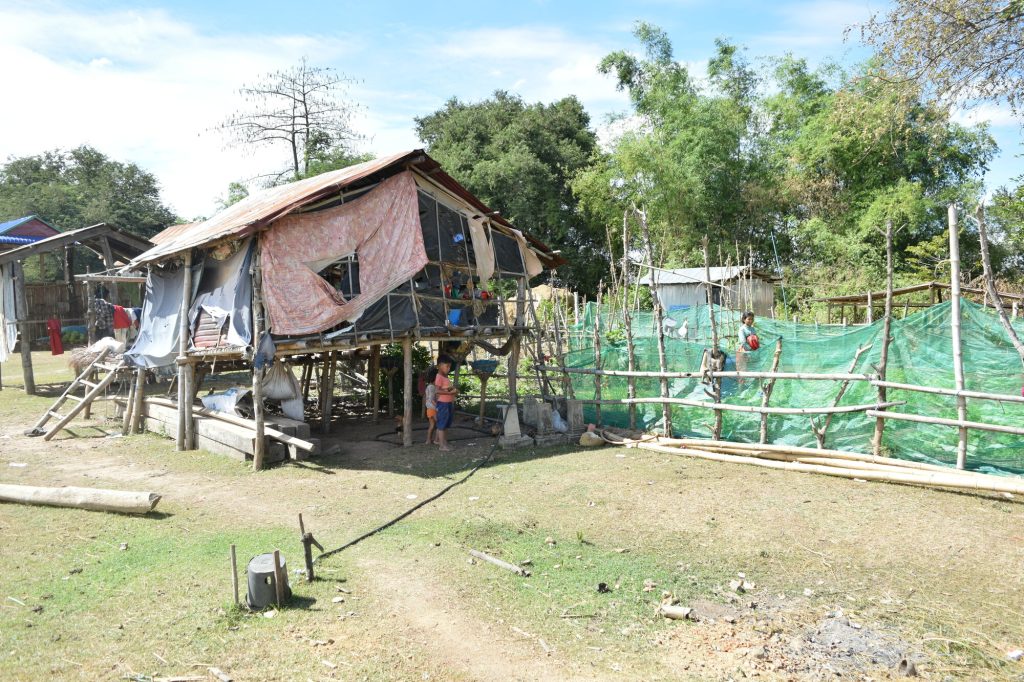In November 2022, I visited Ros Sros on a remote island upstream on the Mekong river in Kratie province. Sros is a poor farmer who lives in Damrae village who is following the climate resilient agricultural techniques she learned from MCC’s partner Cambodian Rural Development Team (CRDT). She has five children and also supports her elderly father, who is sick. Her husband is a migrant laborer who works on plantations out of province and he rarely comes home. She grows vegetables, including water spinach, rice, and raises chickens.


Sros has already increased her household income and had food to feed her family thanks to the fastest growing vegetables in her new garden. She also shared that she’d been asked to grow vegetables for an upcoming local wedding and had started growing large batch of vegetables for it. Later, when we spent the night at a homestay in the village, the family cooking for us bought some of her vegetables for dinner. They were very good and “all natural” too.

Sros is also part of a local Village Savings and Vegetable Producer Group that was started by the project. Members contribute 10,000 Riel (approximately $2.5 USD) a month to a fund which they can then borrow from in order to fund their farming activities. This model creates a self-sustaining revolving fund for poor farmers and provides a mechanism for the local community to collectively help each other through difficult times. The farmers say that banks and financial institutions do not give loans with good terms, instead forcing them into situations where they may need to use their land as collateral and risk losing their homes and livelihoods. The group sometimes sell their produce collectively to fill big orders and to bargain as a group in order to secure the best prices for everyone. They also purchase agricultural supplies together, so they can bargain for bulk prices and reduce the cost of transportation to their remote island.
All of the group members are classified by the Cambodian government as living below the national and provincial poverty line.